2022 Retail Personalization Index Leaders
100 brands reshaping the retail industry through personalized, cross-channel customer experiences

What makes Thrive Market a winner?
Learn how this year’s #1 tied brand tailors shopping by diet, brand, and budget for every buyer — and more than one million members.

How Do You See
Email Success?
After analyzing more than 100 billion emails sent last year, we’ve compiled the most comprehensive email marketing benchmark data ever published.
DIVE IN

Thrive Market
65/80
Thrive Market
-
email
25/30
-
web
20/25
-
mobile
13/13
-
offline
4/7
-
privacy
3/5


Sephora
65/80
Sephora
-
email
22/30
-
web
24/25
-
mobile
11/13
-
offline
7/7
-
privacy
1/5

Take personalization to the next level
Sign up for The Lift to get the strategies retail’s fastest-growing brands use delivered directly to your inbox.
SUBSCRIBE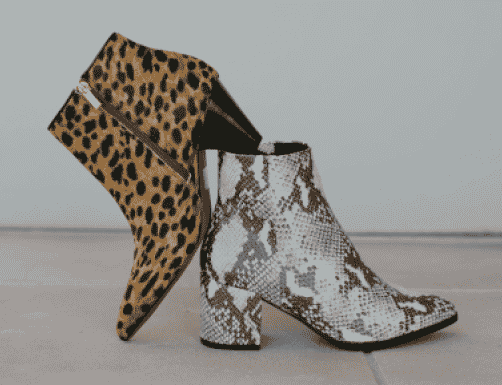

DSW
64/80
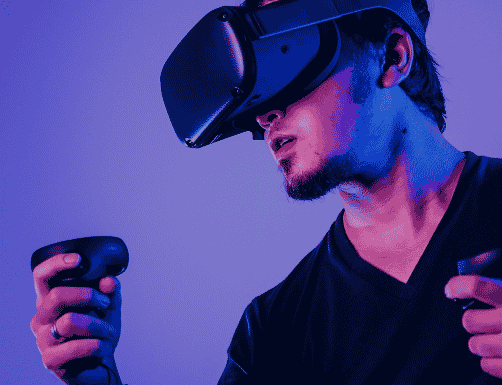

Best Buy
60/80
Best Buy
-
email
21/30
-
web
20/25
-
mobile
9/13
-
offline
7/7
-
privacy
3/5


Adidas
59/80

In an increasingly customer-centric and cross-channel era, the industry’s latest research indicates many retailers are missing the mark.
DOWNLOAD NOW

Fabletics
57/80
Fabletics
-
email
26/30
-
web
16/25
-
mobile
9/13
-
offline
4/7
-
privacy
2/5


1stDibs
56/80
1stDibs
-
email
22/30
-
web
20/25
-
mobile
7/13
-
offline
4/7
-
privacy
3/5


Bloomingdale’s
54/80
Bloomingdale’s
-
email
18/30
-
web
17/25
-
mobile
10/13
-
offline
7/7
-
privacy
2/5


Home Depot
53/80
Home Depot
-
email
17/30
-
web
17/25
-
mobile
9/13
-
offline
7/7
-
privacy
3/5


JustFab
53/80
JustFab
-
email
22/30
-
web
16/25
-
mobile
8/13
-
offline
4/7
-
privacy
3/5


Nordstrom
53/80
Nordstrom
-
email
16/30
-
web
19/25
-
mobile
8/13
-
offline
7/7
-
privacy
3/5


Forever 21
52/80
Forever 21
-
email
20/30
-
web
13/25
-
mobile
10/13
-
offline
5/7
-
privacy
4/5


Fashion Nova
52/80
Fashion Nova
-
email
22/30
-
web
19/25
-
mobile
9/13
-
offline
0/7
-
privacy
2/5
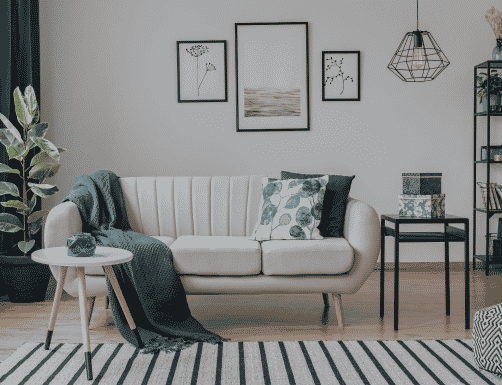

Overstock.com
51/80
Overstock.com
-
email
13/30
-
web
19/25
-
mobile
12/13
-
offline
4/7
-
privacy
3/5


Wayfair
51/80
Wayfair
-
email
20/30
-
web
14/25
-
mobile
10/13
-
offline
4/7
-
privacy
3/5


Petco
51/80


Target
50/80
Target
-
email
15/30
-
web
16/25
-
mobile
11/13
-
offline
6/7
-
privacy
2/5
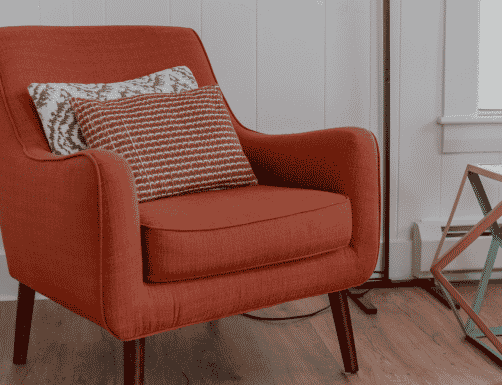

AllModern
49/80
AllModern
-
email
16/30
-
web
16/25
-
mobile
11/13
-
offline
4/7
-
privacy
2/5


Lilly Pulitzer
49/80
Lilly Pulitzer
-
email
16/30
-
web
17/25
-
mobile
10/13
-
offline
1/7
-
privacy
5/5


Dick’s Sporting Goods
49/80
Dick’s Sporting Goods
-
email
13/30
-
web
17/25
-
mobile
9/13
-
offline
7/7
-
privacy
3/5


Carter’s
49/80
Carter’s
-
email
18/30
-
web
15/25
-
mobile
7/13
-
offline
7/7
-
privacy
2/5


Walmart
48/80
Walmart
-
email
16/30
-
web
13/25
-
mobile
10/13
-
offline
6/7
-
privacy
3/5


American Eagle Outfitters
47/80
American Eagle Outfitters
-
email
9/30
-
web
18/25
-
mobile
8/13
-
offline
7/7
-
privacy
5/5


Office Depot OfficeMax
47/80
Office Depot OfficeMax
-
email
18/30
-
web
15/25
-
mobile
5/13
-
offline
7/7
-
privacy
2/5


e.l.f. Cosmetics
46/80
e.l.f. Cosmetics
-
email
14/30
-
web
16/25
-
mobile
9/13
-
offline
4/7
-
privacy
3/5
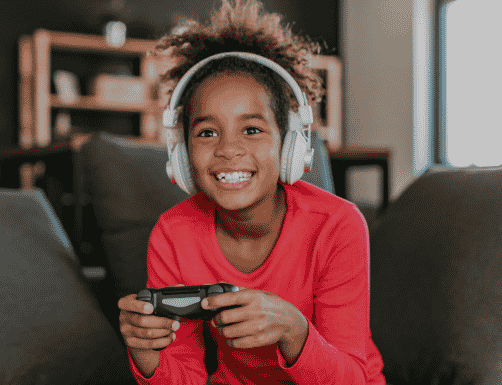

eBay
46/80


HSN
46/80

Crate & Barrel
46/80
Crate & Barrel
-
email
19/30
-
web
13/25
-
mobile
6/13
-
offline
5/7
-
privacy
3/5


Daily Harvest
45/80
Daily Harvest
-
email
18/30
-
web
14/25
-
mobile
11/13
-
offline
0/7
-
privacy
2/5


Express
45/80
Express
-
email
17/30
-
web
10/25
-
mobile
11/13
-
offline
7/7
-
privacy
0/5


Adore Me
45/80
Adore Me
-
email
21/30
-
web
9/25
-
mobile
8/13
-
offline
4/7
-
privacy
3/5


Athleta
45/80
Athleta
-
email
14/30
-
web
14/25
-
mobile
8/13
-
offline
7/7
-
privacy
2/5


Saks Fifth Avenue
45/80
Saks Fifth Avenue
-
email
13/30
-
web
16/25
-
mobile
7/13
-
offline
6/7
-
privacy
3/5


Foot Locker
45/80
Foot Locker
-
email
20/30
-
web
10/25
-
mobile
6/13
-
offline
5/7
-
privacy
4/5


1-800-PetMeds
45/80
1-800-PetMeds
-
email
15/30
-
web
18/25
-
mobile
5/13
-
offline
4/7
-
privacy
3/5


FramesDirect
45/80
FramesDirect
-
email
22/30
-
web
16/25
-
mobile
1/13
-
offline
3/7
-
privacy
3/5


LOFT
45/80
LOFT
-
email
20/30
-
web
14/25
-
mobile
1/13
-
offline
7/7
-
privacy
3/5


Grove Collaborative
44/80
Grove Collaborative
-
email
21/30
-
web
13/25
-
mobile
8/13
-
offline
0/7
-
privacy
2/5

The most innovative retailers choose Sailthru to power email marketing and cross-channel personalization. Find out why.
REQUEST A DEMO
Zappos
44/80
Zappos
-
email
12/30
-
web
18/25
-
mobile
7/13
-
offline
4/7
-
privacy
3/5


thredUP
43/80
thredUP
-
email
19/30
-
web
9/25
-
mobile
10/13
-
offline
3/7
-
privacy
2/5


Sigma Beauty
43/80
Sigma Beauty
-
email
18/30
-
web
10/25
-
mobile
9/13
-
offline
4/7
-
privacy
2/5


Hollister Co.
43/80
Hollister Co.
-
email
9/30
-
web
13/25
-
mobile
9/13
-
offline
7/7
-
privacy
5/5

Gen Z is unique. So, how can you create engaging messages and meaningful connections with retail’s future shoppers?
LEARN MORE

Famous Footwear
43/80
Famous Footwear
-
email
12/30
-
web
11/25
-
mobile
8/13
-
offline
7/7
-
privacy
5/5


Draper James
43/80
Draper James
-
email
20/30
-
web
14/25
-
mobile
3/13
-
offline
3/7
-
privacy
3/5


ThirdLove
43/80
ThirdLove
-
email
18/30
-
web
18/25
-
mobile
1/13
-
offline
4/7
-
privacy
2/5


Ann Taylor
43/80
Ann Taylor
-
email
17/30
-
web
16/25
-
mobile
0/13
-
offline
7/7
-
privacy
3/5


Lowe’s
42/80
Lowe’s
-
email
12/30
-
web
15/25
-
mobile
7/13
-
offline
6/7
-
privacy
2/5


Abercrombie & Fitch
42/80
Abercrombie & Fitch
-
email
12/30
-
web
11/25
-
mobile
9/13
-
offline
7/7
-
privacy
3/5

How Do You See
Email Success?
After analyzing more than 100 billion emails sent last year, we’ve compiled the most comprehensive email marketing benchmark data ever published.
DIVE IN

Banana Republic
42/80
Banana Republic
-
email
12/30
-
web
11/25
-
mobile
9/13
-
offline
7/7
-
privacy
3/5

ShoeDazzle
42/80
ShoeDazzle
-
email
18/30
-
web
16/25
-
mobile
1/13
-
offline
4/7
-
privacy
3/5


Macy’s
41/80
Macy’s
-
email
7/30
-
web
12/25
-
mobile
12/13
-
offline
7/7
-
privacy
3/5


Steve Madden
41/80
Steve Madden
-
email
15/30
-
web
10/25
-
mobile
11/13
-
offline
4/7
-
privacy
1/5

What makes Thrive Market a winner?
Learn how this year’s #1 tied brand tailors shopping by diet, brand, and budget for every buyer — and more than one million members.
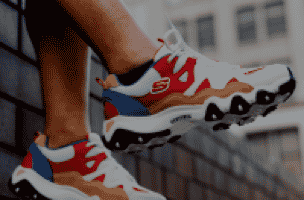
Skechers
41/80
Skechers
-
email
13/30
-
web
11/25
-
mobile
9/13
-
offline
6/7
-
privacy
2/5

Nike
41/80
Nike
-
email
13/30
-
web
10/25
-
mobile
9/13
-
offline
7/7
-
privacy
2/5


Lane Bryant
41/80
Lane Bryant
-
email
14/30
-
web
11/25
-
mobile
8/13
-
offline
4/7
-
privacy
4/5

Dooney & Bourke
41/80
Dooney & Bourke
-
email
9/30
-
web
19/25
-
mobile
7/13
-
offline
4/7
-
privacy
2/5


BJ’s Wholesale Club
41/80
BJ’s Wholesale Club
-
email
13/30
-
web
13/25
-
mobile
6/13
-
offline
6/7
-
privacy
3/5


Dillard’s
41/80
Dillard’s
-
email
13/30
-
web
16/25
-
mobile
2/13
-
offline
7/7
-
privacy
3/5


Savage X Fenty
41/80
Savage X Fenty
-
email
17/30
-
web
16/25
-
mobile
1/13
-
offline
4/7
-
privacy
3/5

Yankee Candle
41/80
Yankee Candle
-
email
19/30
-
web
11/25
-
mobile
0/13
-
offline
6/7
-
privacy
5/5


Newegg
40/80
Newegg
-
email
12/30
-
web
14/25
-
mobile
9/13
-
offline
3/7
-
privacy
2/5


MATCHES FASHION
40/80
MATCHES FASHION
-
email
10/30
-
web
14/25
-
mobile
8/13
-
offline
4/7
-
privacy
4/5


Bed Bath & Beyond
40/80
Bed Bath & Beyond
-
email
4/30
-
web
19/25
-
mobile
8/13
-
offline
6/7
-
privacy
3/5


Bass Pro Shops
40/80
Bass Pro Shops
-
email
17/30
-
web
8/25
-
mobile
6/13
-
offline
7/7
-
privacy
2/5


Urban Outfitters
40/80
Urban Outfitters
-
email
8/30
-
web
16/25
-
mobile
6/13
-
offline
5/7
-
privacy
5/5


QVC
40/80
QVC
-
email
14/30
-
web
16/25
-
mobile
4/13
-
offline
4/7
-
privacy
2/5


UNIQLO
39/80
UNIQLO
-
email
11/30
-
web
9/25
-
mobile
10/13
-
offline
6/7
-
privacy
3/5


ULTA Beauty
39/80
ULTA Beauty
-
email
4/30
-
web
15/25
-
mobile
10/13
-
offline
7/7
-
privacy
3/5


Sears
39/80
Sears
-
email
6/30
-
web
14/25
-
mobile
9/13
-
offline
7/7
-
privacy
3/5
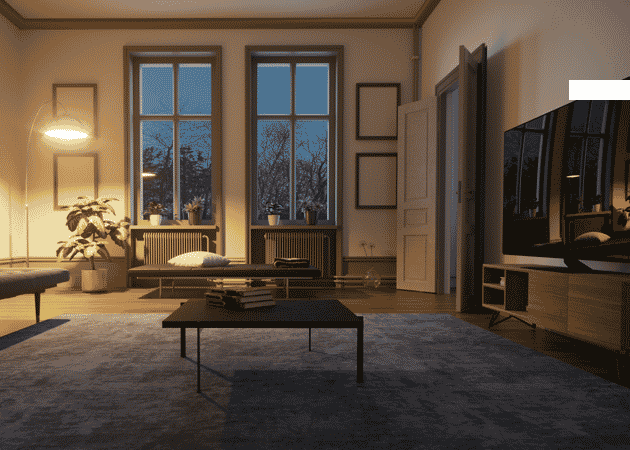

Houzz
39/80
Houzz
-
email
7/30
-
web
18/25
-
mobile
7/13
-
offline
4/7
-
privacy
3/5
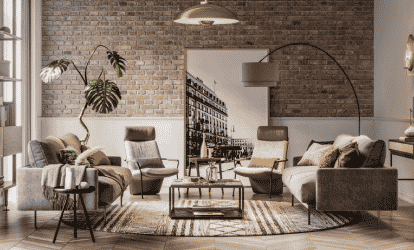

One Kings Lane
39/80
One Kings Lane
-
email
19/30
-
web
11/25
-
mobile
6/13
-
offline
0/7
-
privacy
3/5

Bergdorf Goodman
39/80
Bergdorf Goodman
-
email
11/30
-
web
12/25
-
mobile
5/13
-
offline
6/7
-
privacy
5/5


New Look
39/80
New Look
-
email
9/30
-
web
15/25
-
mobile
5/13
-
offline
6/7
-
privacy
4/5


Pottery Barn
39/80
Pottery Barn
-
email
15/30
-
web
13/25
-
mobile
2/13
-
offline
7/7
-
privacy
2/5


Dermstore
39/80
Dermstore
-
email
11/30
-
web
19/25
-
mobile
2/13
-
offline
4/7
-
privacy
3/5


KMart
38/80
KMart
-
email
7/30
-
web
14/25
-
mobile
8/13
-
offline
6/7
-
privacy
3/5


BoxLunch
38/80
BoxLunch
-
email
5/30
-
web
16/25
-
mobile
8/13
-
offline
7/7
-
privacy
2/5


Marshalls
38/80
Marshalls
-
email
16/30
-
web
9/25
-
mobile
7/13
-
offline
4/7
-
privacy
2/5


The North Face
38/80
The North Face
-
email
13/30
-
web
11/25
-
mobile
7/13
-
offline
5/7
-
privacy
2/5

Vitamin Shoppe
38/80
Vitamin Shoppe
-
email
13/30
-
web
9/25
-
mobile
7/13
-
offline
7/7
-
privacy
2/5


AutoZone
38/80
AutoZone
-
email
7/30
-
web
16/25
-
mobile
7/13
-
offline
6/7
-
privacy
2/5


Chairish
38/80
Chairish
-
email
13/30
-
web
13/25
-
mobile
6/13
-
offline
3/7
-
privacy
3/5


Fanatics
38/80
Fanatics
-
email
19/30
-
web
8/25
-
mobile
5/13
-
offline
4/7
-
privacy
2/5


Williams-Sonoma
38/80
Williams-Sonoma
-
email
13/30
-
web
13/25
-
mobile
5/13
-
offline
6/7
-
privacy
1/5


Jockey
38/80
Jockey
-
email
19/30
-
web
9/25
-
mobile
3/13
-
offline
4/7
-
privacy
3/5


Living Spaces
38/80
Living Spaces
-
email
17/30
-
web
12/25
-
mobile
2/13
-
offline
6/7
-
privacy
1/5


Crocs
38/80
Crocs
-
email
18/30
-
web
14/25
-
mobile
1/13
-
offline
3/7
-
privacy
2/5


Bandier
38/80
Bandier
-
email
16/30
-
web
18/25
-
mobile
1/13
-
offline
2/7
-
privacy
1/5


Reebok
38/80
Reebok
-
email
15/30
-
web
18/25
-
mobile
0/13
-
offline
2/7
-
privacy
3/5


Chico’s
38/80
Chico’s
-
email
15/30
-
web
13/25
-
mobile
0/13
-
offline
7/7
-
privacy
3/5


Poshmark
37/80
Poshmark
-
email
15/30
-
web
11/25
-
mobile
9/13
-
offline
0/7
-
privacy
2/5


Ipsy
37/80
Ipsy
-
email
13/30
-
web
11/25
-
mobile
8/13
-
offline
3/7
-
privacy
2/5


DXL Men’s Apparel
37/80
DXL Men’s Apparel
-
email
7/30
-
web
11/25
-
mobile
8/13
-
offline
7/7
-
privacy
4/5


Stitch Fix
37/80
Stitch Fix
-
email
14/30
-
web
13/25
-
mobile
7/13
-
offline
0/7
-
privacy
3/5


Gap
37/80
Gap
-
email
7/30
-
web
16/25
-
mobile
7/13
-
offline
5/7
-
privacy
2/5

Brooks Brothers
37/80
Brooks Brothers
-
email
20/30
-
web
9/25
-
mobile
1/13
-
offline
4/7
-
privacy
3/5


Lands’ End
37/80
Lands’ End
-
email
15/30
-
web
15/25
-
mobile
1/13
-
offline
4/7
-
privacy
2/5


Kipling
37/80
Kipling
-
email
17/30
-
web
14/25
-
mobile
0/13
-
offline
3/7
-
privacy
3/5


The Children’s Place
36/80
The Children’s Place
-
email
5/30
-
web
13/25
-
mobile
10/13
-
offline
6/7
-
privacy
2/5


Zulily
36/80
Zulily
-
email
13/30
-
web
13/25
-
mobile
8/13
-
offline
0/7
-
privacy
2/5


Scentbird
36/80
Scentbird
-
email
12/30
-
web
13/25
-
mobile
8/13
-
offline
0/7
-
privacy
3/5


PetSmart
36/80
PetSmart
-
email
12/30
-
web
8/25
-
mobile
8/13
-
offline
7/7
-
privacy
1/5


Amazon
36/80
Amazon
-
email
6/30
-
web
16/25
-
mobile
7/13
-
offline
5/7
-
privacy
2/5


Zalando
36/80
Zalando
-
email
13/30
-
web
14/25
-
mobile
5/13
-
offline
0/7
-
privacy
4/5


ModCloth
36/80
ModCloth
-
email
13/30
-
web
15/25
-
mobile
4/13
-
offline
0/7
-
privacy
4/5

Zales
36/80
Zales
-
email
10/30
-
web
16/25
-
mobile
3/13
-
offline
6/7
-
privacy
1/5


rue21
36/80
rue21
-
email
16/30
-
web
10/25
-
mobile
1/13
-
offline
6/7
-
privacy
3/5


J. Jill
36/80
J. Jill
-
email
15/30
-
web
13/25
-
mobile
1/13
-
offline
4/7
-
privacy
3/5


Mack Weldon
36/80
Mack Weldon
-
email
16/30
-
web
14/25
-
mobile
0/13
-
offline
4/7
-
privacy
2/5


Soma
36/80
Soma
-
email
13/30
-
web
15/25
-
mobile
0/13
-
offline
6/7
-
privacy
2/5


